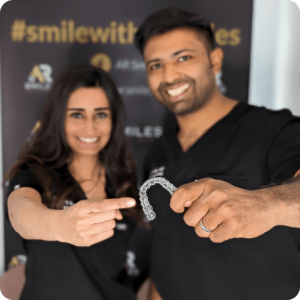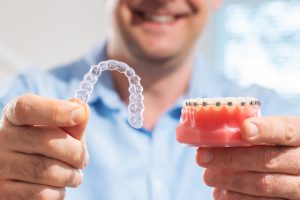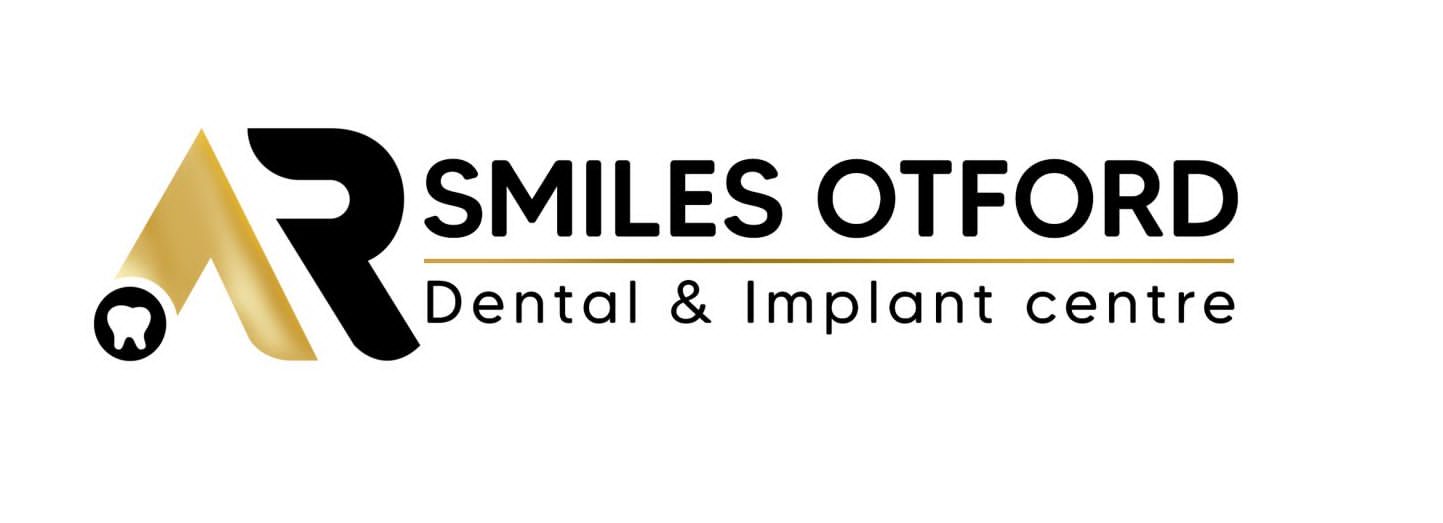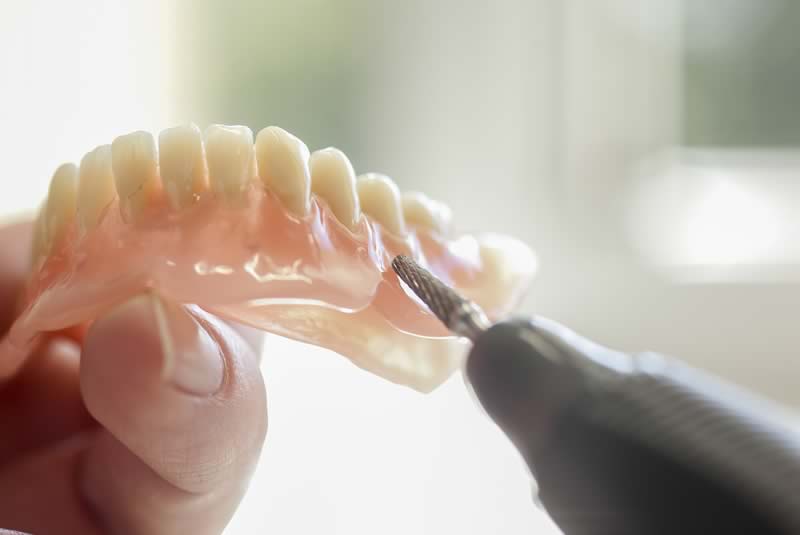When it comes to straightening your teeth and achieving a confident smile, the two most popular orthodontic treatments are Invisalign and traditional braces. Both options are effective, but they come with distinct advantages and disadvantages. Choosing the right one depends on factors such as your lifestyle, budget, treatment goals, and the complexity of your dental issues.
In this article, we will explore the key differences between Invisalign vs traditional braces, helping you make an informed decision.
What is Invisalign?
Invisalign is a modern orthodontic treatment that uses clear, removable aligners made from medical-grade plastic. These aligners are custom-designed to gradually move your teeth into the desired position over time. Patients receive a series of aligners, changing them approximately every one to two weeks.
Pros of Invisalign
-
Nearly invisible, making it a discreet orthodontic solution.
-
Removable, allowing you to eat, drink, brush, and floss with ease.
-
More comfortable than traditional braces, with no metal brackets or wires.
-
Requires fewer visits to the orthodontist compared to traditional braces.

Cons of Invisalign in Sevenoaks
-
Requires discipline, as the aligners must be worn for 20 to 22 hours per day for effective results.
-
Not suitable for complex cases, as it works best for mild to moderate misalignments.
-
Can be more expensive than traditional braces in some cases.
What are Traditional Braces?
Traditional braces consist of metal or ceramic brackets that are bonded to the teeth and connected by wires. Over time, these wires are adjusted to shift teeth into place. Braces are a tried-and-tested method of orthodontic treatment and are effective for all types of dental misalignment.
Pros of Traditional Braces
-
Effective for mild, moderate, and severe dental misalignment, including overcrowding, overbites, and underbites.
-
No self-discipline required, as they are fixed in place.
-
Potentially faster for complex cases compared to Invisalign.
-
Generally more affordable than Invisalign, depending on the length of treatment.
Cons of Traditional Braces
-
More noticeable, which may be a concern for some individuals.
-
Certain food restrictions apply, as sticky, hard, and chewy foods can damage the braces.
-
More challenging to clean, as food particles can get trapped between brackets and wires.
-
May cause discomfort, especially after adjustments.

Which One is Right for You?
The choice between Invisalign vs traditional braces depends on various factors:
-
If appearance matters to you, Invisalign is the more discreet option.
-
If you have a complex orthodontic issue, traditional braces may be the best choice.
-
If you want convenience in eating and oral care, Invisalign allows you to remove the aligners.
-
If cost is a concern, traditional braces are typically more budget-friendly.
-
If you struggle with discipline, traditional braces ensure you stay on track with treatment.
Final Thoughts
Both Invisalign and traditional braces are effective in straightening teeth and improving dental health. The best option depends on your needs, lifestyle, and budget. Consulting an orthodontist will help you determine which treatment is most suitable for your case.
Would you prefer discreet and removable aligners, or are you looking for a fixed, reliable solution for all types of misalignment? The decision is yours!

